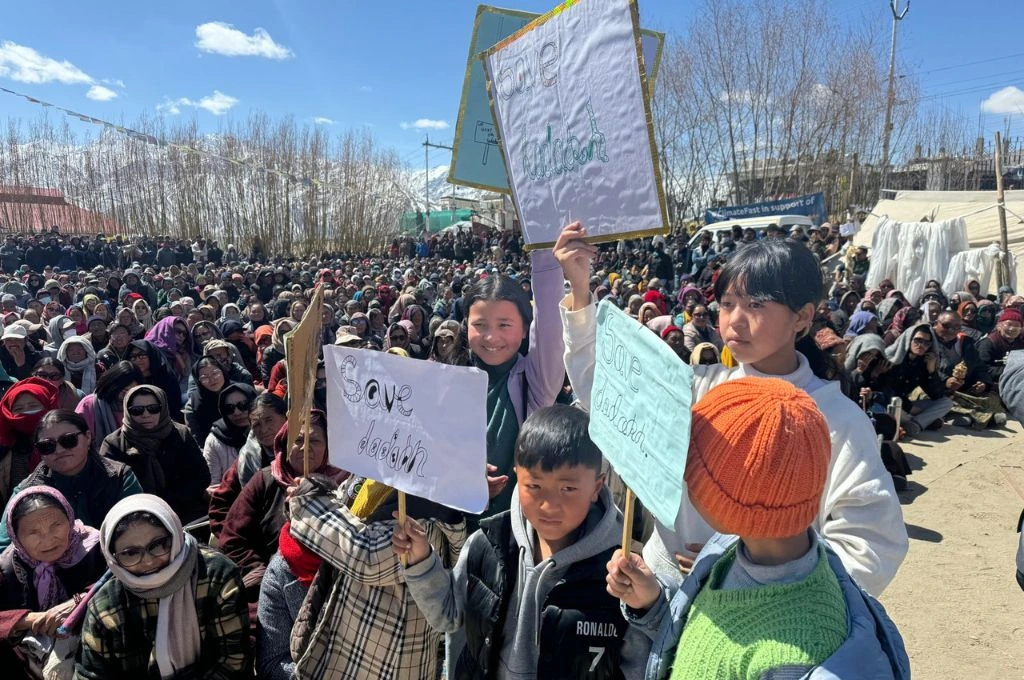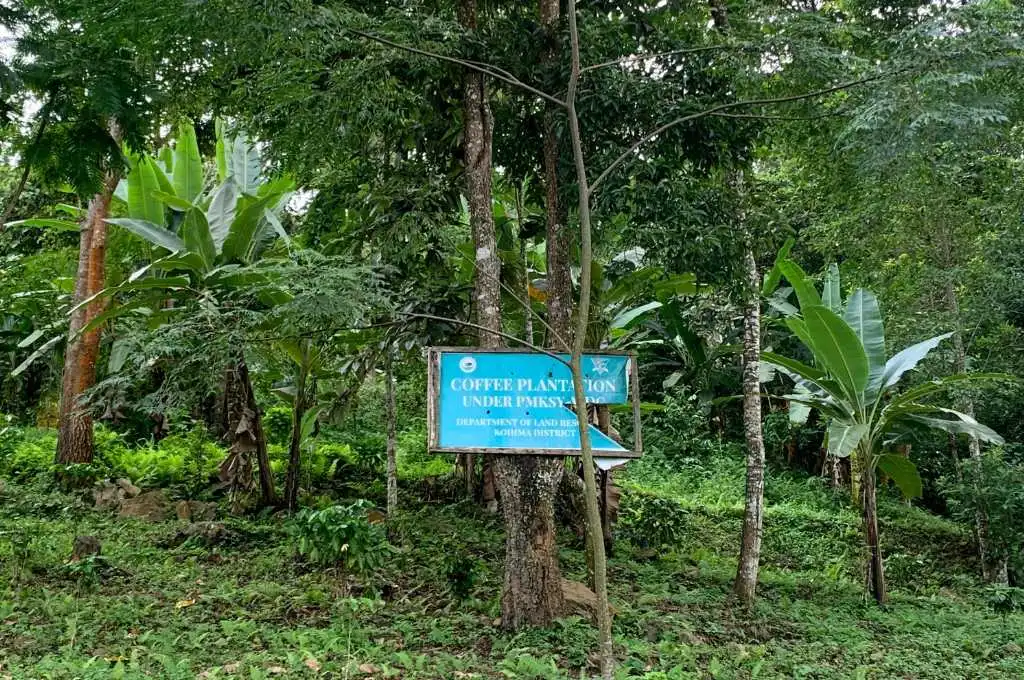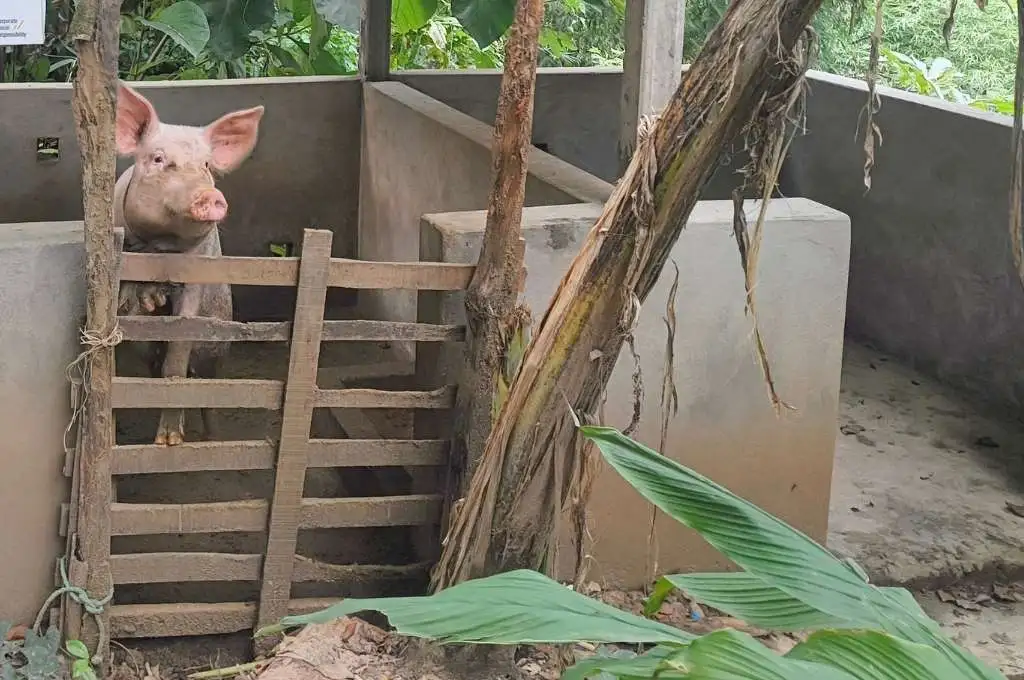Wastewater woes: What development has brought to Satpuli
The population of Satpuli, a small town by the banks of the river Nayar in Uttarakhand’s Pauri Garhwal district, has nearly doubled in the last decade. People in Uttarakhand have always travelled to Satpuli since it is the only market town within a 50 km radius. But with Satpuli receiving increased funding for infrastructure since being made a nagar panchayat in 2017, there’s been development of schools, hotels, hospitals, and banks and relocation of government offices to the town. This has resulted in the increase of both permanent settlements and a floating population made up of working officials, students, businessmen, and daily wage workers. The rapid, unplanned expansion, combined with the rough terrain, has led to an acute wastewater management issue and potential public health problems.
As many of the older houses do not have access to sanitary toilets, they rely on on-site collection of faecal matter. However, the transportation becomes challenging because of the haphazardly constructed houses that are extremely close to each other. Desludging vehicles that collect faecal matter from houses and transport them to the plants have to pass through these lanes.
Satpuli has neither a sewage treatment plant nor a faecal sludge treatment plant. The nearest town with proper sewage and faecal treatment facilities is Rishikesh, which is 112.2 km away. To have sewage collected and transported to Rishikesh, each household pays INR 15,000 for three years.
Even if a sewage treatment plant was to be constructed in Satpuli, the geography of the town is such that only the houses at an elevation can be connected to it, and so those who reside in the lower parts of the valley will have to be left behind.
Proximity to the river also poses problems. Satpuli’s drainage system is inadequate and consists of small, uncovered drainage lines that carry kitchen and bathroom wastewater. This untreated wastewater usually ends up in the river, and open drains can be hotspots for disease. These practices carry a huge risk of contamination of water and aquatic life.
Seema Rawat, executive officer of the Satpuli urban local body, says, “Establishing a sewage treatment plant or linking sewerage networks with all the houses is difficult in hilly areas. There’s always a part of the population that will be left behind.”
No one particular model can solve all the sanitation issues in the town. Satpuli’s complex structure demands context-specific measures.
Kristy Saikia is a development professional currently working as a monitoring and evaluation (M&E) specialist.
—
Know more: Learn what is forcing people from Sikkim to move to other states.
Do more: Connect with the author at kristysaikia123@gmail.com to learn more about and support her work.



